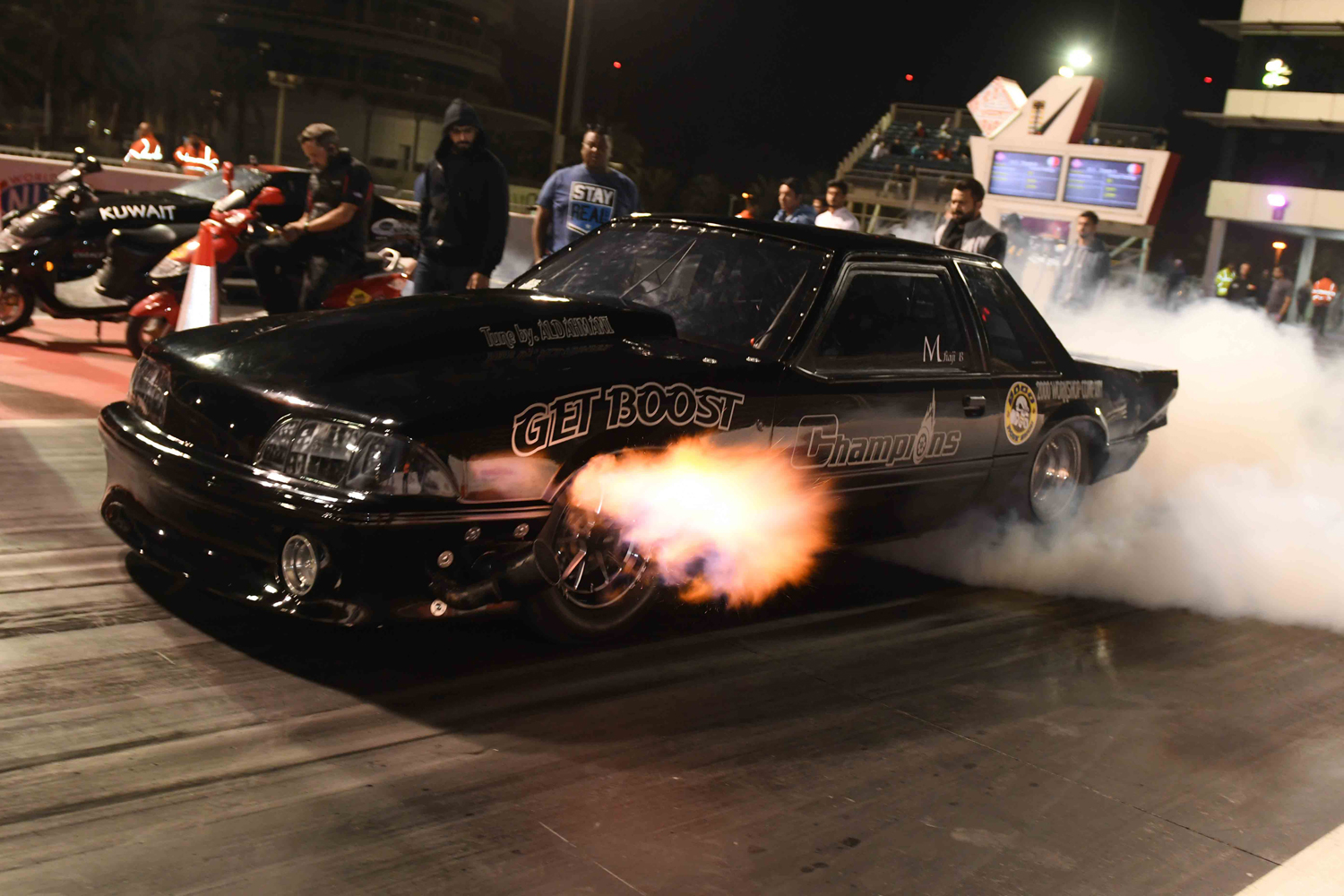

Multiple engines were popular for the dragster crowd, but superchargers quickly stole the show by multiplying the engine’s horsepower without the aid of exotic fuels. While the big guns moved to the AHRA circuit, those dedicated to the NHRA were forced to up the ante with various engine combinations and unique experiments. Due to a number of fires and accidents, Wally Parks and the NHRA placed a ban on nitromethane in 1957, which was like throwing out an anchor to slow down the racing world.ĭuring the NHRA fuel ban, the AHRA allowed nitro cars to compete, giving all those folks a place to race. This means a violent explosion in the combustion chambers that helps make incredible horsepower. For instance, the perfect air/fuel ratio for a gasoline engine is 14.6 parts air and 1 part fuel, while a nitro-burning engine is much closer to a 1:1 ratio. Racers quickly figured out that an engine could consume a lot more nitromethane than gasoline during a single combustion cycle. The difference between this fuel and gasoline is the way it burns inside the engine. Racers experimented with a number of volatile fuels, but the most prominent was (and still is) nitromethane. The first in a long line of safety measures taken was the infamous “fuel ban” policed by the NHRA for all of its sanctioned tracks.
LONG DRAG RACE CAR DRIVER
Obviously, the car didn’t make much power, but the driver still took a big risk by squeezing himself into the tiny cockpit. Yet another example of the no-rules attitude is brought to life with this home-built Crosley-powered dragster, making a pass at Oswego Dragway in the late 1950s. This Ford sedan at Brainerd Optimist Drag Strip in Tennessee didn’t fare too well, but its driver walked away! (Photo Courtesy Larry Rose Collection) Poor track conditions, combined with lots of horsepower made for unpredictable races-exactly what the crowd wanted to see. Unfortunately, racer creativity didn’t often go hand in hand with safety, which resulted in numerous injuries and fatalities in the early days of drag racing. With a longer wheelbase than most cars of the era, and a blown Olds sporting a primitive two-port fuel injection setup, this car was probably a hot topic in the pits. This photo was taken in 1957 at San Fernando Valley Drag Strip and perfectly illustrates the creative side of dragster building. Massive fires and violent crashes took the lives of many early drag racers, but it was all a large part of learning the importance of safety in this swiftly growing sport. Without the assistance of a scatter shield, these early clutch explosions wreaked havoc on a drag racing car, with shrapnel going in every direction, often shearing fuel lines. Clutch explosions were fairly common in the early days, as stock clutch sets couldn’t quite withstand the intense engine RPM, additional horsepower, and unruly driving style. Pushing an engine to the limit revealed the weak points of the components, while the driveline parts faced a tough battle as well.

There are lots of stories of throttles sticking, causing cars to careen out of control, and fi re was also a big enemy of the early drag racers.
LONG DRAG RACE CAR FULL
During the first full decade of drag racing, most serious injuries and fatalities were caused by rollover accidents, which either ejected or entrapped the driver. Home-built hot rods and dragsters evolved greatly during the late 1940s and early 1950s, but this ingenuity didn’t include a great deal of safety equipment. The various sanctioning bodies offered great racing across the country, but the wildly popular sport eventually felt the effects of its rapid growth. Gearheads became enthralled with the idea of going quicker and faster every time they hit the track, and it was truly a time of excitement as records fell on a regular basis. Casual fans watched the action and eventually wanted to try their hand at it, which made the hobby grow exponentially. The amazing growth of drag racing made it a very popular hobby, even with the inherent danger that always lurks around these unbelievably fast racing machines.ĭuring the 1950s, drag racing caught on quickly, causing a ripple effect in the car guy community.


 0 kommentar(er)
0 kommentar(er)
